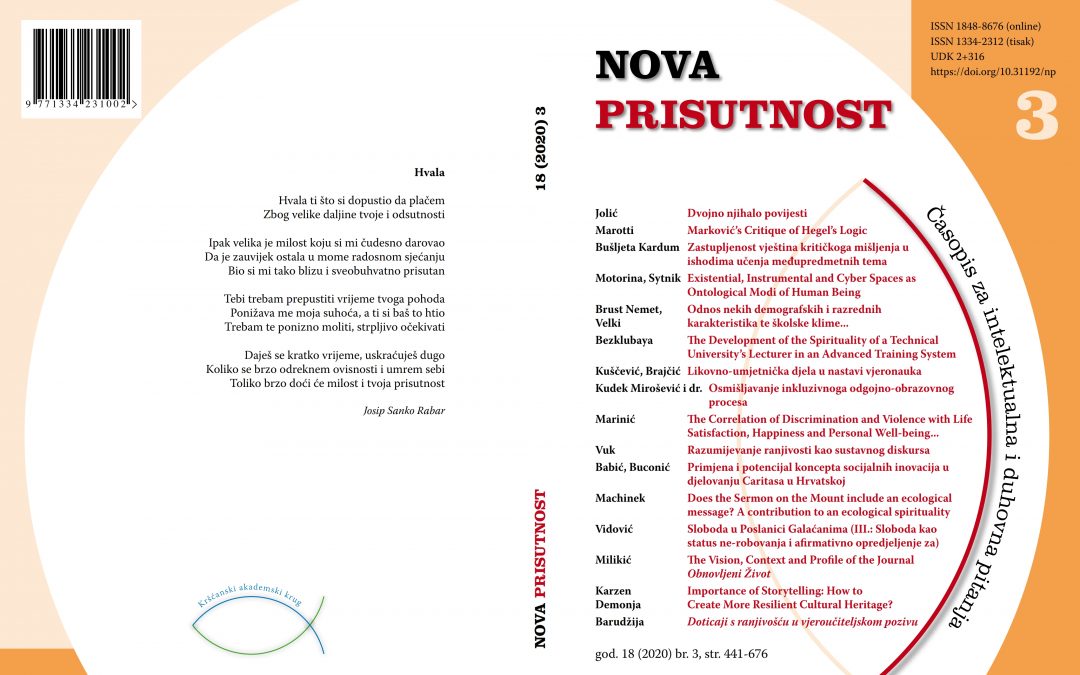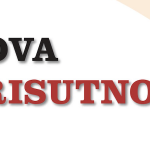Svjetlana Kopčinović, mag. rehab. educ., Head of the Department for Persons with Disabilities, Croatian Red Cross – City Society of the Red Cross Zagreb, Mario Kovač, Ph.D., academic theater director, independent artist, Branko Banković, dancer, choreographer and dance teacher, independent artist and Damir Demonja, Ph.D., Senior Research Adviser in tenure from the Institute for Development and International Relations, Zagreb published a scientific article, categorized as a Preliminary Communication, in Croatian language titled ‘Creativity in the Service of Inclusion: Examples of Croatian Good Practices in the Performing Arts‘ in scientific journal ‘Nova prisutnost – Časopis za intelektualna i duhovna pitanja‘ (‘New Presence – Journal of Intellectual and Spiritual Issues’). The journal is indexed in CSA Sociological Abstracts database, DOAJ, EBSCO, ERIH Plus, Web of Science Core Collection (WoSCC) – Emerging Sources Citation Index (ESCI), HRČAK, Index Copernicus, Religious & Theological Abstracts (Myerstown, USA), SCOPUS, Worldwide Political Science Abstracts databases with impact factors in first (Q1) (religious sciences) and second (Q2) quartiles (philosophy).
Abstract
The involvement of people with intellectual disabilities in the fields of services in culture and art, as well as their artistic expression and creativity, is very little present in the Republic of Croatia. This is slowly changing, especially through projects of non-governmental organizations co-financed by EU funds or foreign organizations. The direct contact of artists with people with intellectual disabilities has proven to be an invaluable source of support for people with intellectual disabilities to express themselves creatively and artistically and to participate by themselves in the creation and consumption of art. At the same time, the added value of the creative and artistic expression of persons with intellectual disabilities involved in the activities are benefits in the physical, psychological and social fields. Described and analyzed project is an invaluable source of support for the educational and rehabilitation profession, which is the dominant professional bearer of the idea of inclusion of people with disabilities. Also, the artists enriched their experience by participating in a completely new field of artistic creation. In the synergy of people with intellectual disabilities and artists, beautiful performing works of art were created that were publicly presented and showed that there is public interest, but also that it is necessary to invest efforts in different sectors to make such activities a public interest. A big contribution to that would certainly be additional research.






